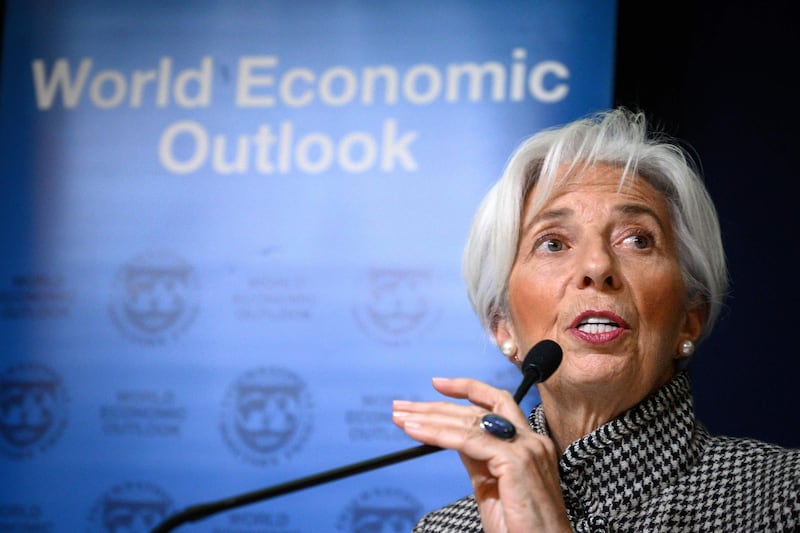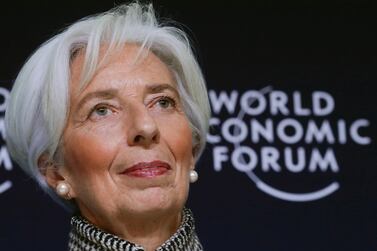The International Monetary Fund on Tuesday cut its global growth forecasts for this year due to a slowing Chinese economy and persistent trade tensions between China and the US.
Global gross domestic product growth is projected to slow to 3.3 per cent in 2019, down from the 3.5 per cent the IMF had forecast for 2019 in January.
Global growth is then forecast to rise to 3.6 per cent in 2020, and plateau at 3.6 per cent in the medium term – “sustained by the increase in the relative size of economies, such as those of China and India, which are projected to have robust growth by comparison to slower growing advanced and emerging market economies,” the Washington-based lender said in its latest World Economic Outlook.
The report is the third time the IMF has downgraded its global outlook in the past six months.
The 2019 outlook is also the weakest since the financial crisis, and reflects slowing economic growth in most advanced economies, and signs that higher reciprocal export tariffs introduced by the US and China last year are weighing on trade.
Trade negotiations between the two superpowers are ongoing but as yet no solution has been found, while the possible departure of the UK from the European Union without an agreement – a “no-deal” Brexit – are among the other downside risks to global economic growth, the IMF said. The fund cut its outlook for UK growth to 1.2 per cent this year, down 0.3 points from three months ago.
“Amid waning global growth momentum and limited policy space to combat downturns, avoiding policy missteps that could harm economic activity needs to be the main priority,” the report stated.
“Macroeconomic and financial policy should aim to prevent further deceleration where output could fall below potential, and facilitate a soft landing where policy support needs to be withdrawn.”
The projected recovery in the second half of 2019 is based on an ongoing build-up of policy stimulus in China, recent improvements in global financial market sentiment, the waning of temporary drags in the Eurozone, for instance in Germany and Italy, and a gradual stabilisation of conditions in stressed emerging market economies such as Argentina and Turkey – both of which suffered steep currency devaluations and economic downturns in 2018.
The IMF lowered its outlook for the euro bloc to 1.3 per cent this year, down 0.3 points from three months ago. In Eurozone economies, consumer and business confidence weakened in Germany last year, as its sizeable car production industry was disrupted by the introduction of new emission standards, and investment dropped in Italy on lower demand. These negative factors are likely to lessen through this year, the IMF’s report noted.
Meanwhile, the global volume of trade in goods and services is projected to increase to 3.4 per cent this year, weaker than the 3.8 per cent increase in 2018 but reduced from the IMF’s January estimate of 4 per cent.
Other encouraging indications for a pick-up in global economic growth in 2020 include the US Federal Reserve’s decision to put interest rates on hold, and stronger productivity data from China’s manufacturing sector and the US employment market, the report said.
The IMF is holding its spring meeting in Washington this week, with the world’s finance ministers and central bankers preparing to attend.
Last week, the World Trade Organisation also slashed its global trade outlook, citing new trade tariffs and other retaliatory measures from global superpowers, which have affected widely traded goods.







